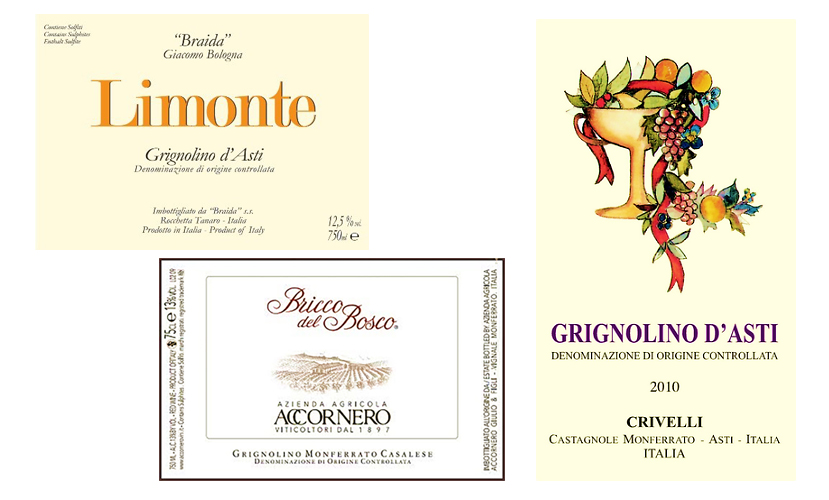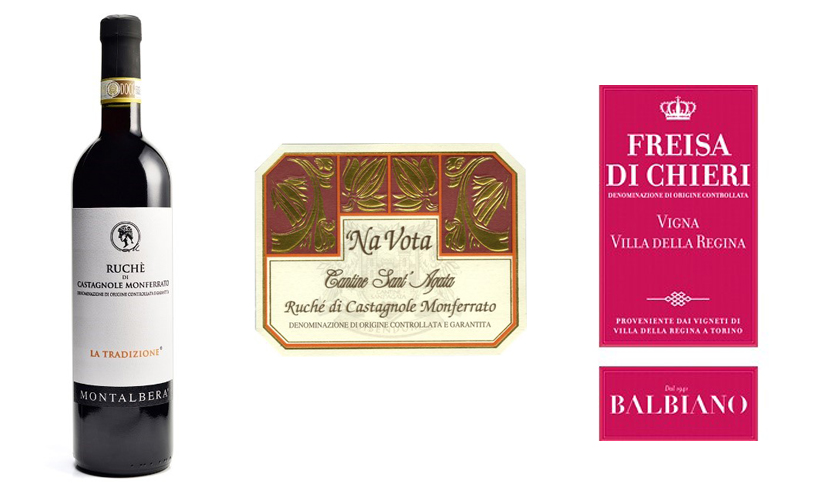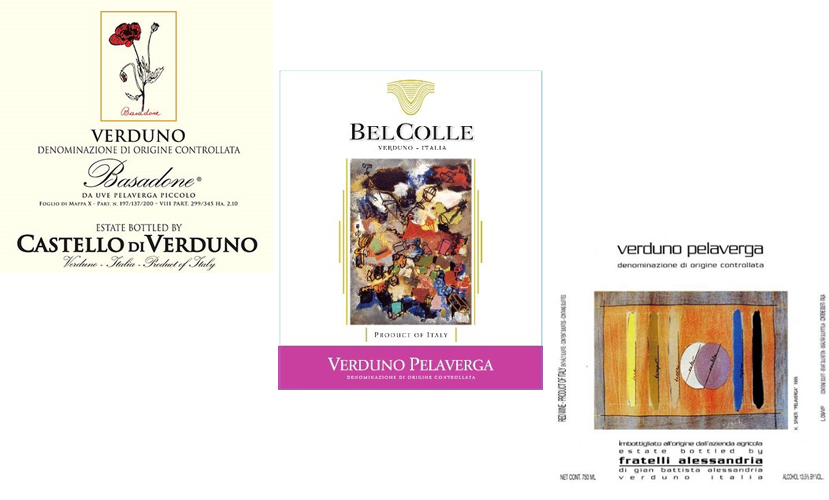BLOG
A Guide to Lesser Known Italian Red Wines: Piedmont
Tom Hyland
Regional Spotlight

Any wine student or lover of Italian wines can name the country’s most famous red wines, such as Barolo, Brunello di Montalcino or Amarone della Valpolicella. But given the variety of Italian wines and grape types, it stands to reason that there are many more examples produced throughout the country. This article is the first in a series about a few of the lesser known red wines of Italy; we begin with Piemonte.
While there are three famous red varieties in Piemonte – Nebbiolo, Barbera and Dolcetto – there are several others that produce very expressive wines.
Grignolino
Grignolino, most often seen in Monferrato in the province of Asti, is a rather unusual variety in that the color is very light, yet the tannins are quite strong. Offering aromas of wild strawberry, rhubarb and oriental spices, Grignolino is quite a charming wine, at least if the tannins are managed correctly.
Given the high level of tannins, a few producers do make a rosato version, although this is not often seen these days.
While there are a few examples that can be enjoyed after seven to ten years (Accornero “Bricco del Bosco” is a classic), most offerings should be consumed within 3-5 years of the vintage; seek out Braida “Limonte” or others such as Marco Crivelli.
The good natural acidity makes Grignolino a fine partner with foods ranging from salumi to delicate seafood and soups.

Ruchè
Ruchè is another grape from Monferrato (and other zones in Piemonte), but the wines produced from this variety are more aromatic, spicier and more rustic than Grignolino.
The name of the grape is believed to have come from the word "roche", a word in Piemontese dialect referring to a vine planted in the hills of Monferrato, although there are several other theories to explain the origin of the name.
Examples vary from steel-aged only to oak-aged, and while some are medium-bodied and ready to drink upon release, most versions benefit from a year or two in the bottle, to round out and shed the youthful bitterness. Consume within 3-5 years with most red meats or lighter game; top rated producers include Montalbera and Cantine Sant’Agata.

Freisa
Freisa is a fascinating variety, as there are so many different styles; one producer near Torino (Balbiano) makes six different versions, ranging from frizzante to an age-worthy dry red.
The most famous examples are labeled as Friesa di Chieri; most of this DOC zone is situated east of Torino.
Like Grignolino, Freisa is also characterized by rich tannins, while the acidity is even higher; given modern technology, the tannins can now be managed, and depending on what style a winemaker crafts, we could be looking at an easy-drinking wine best chilled, or a more serious red with sour cherry and cinnamon notes that is best consumed from 5-7 years of age with lighter game or pastas; it is especially good with guinea hen.
Pelaverga Piccolo
In the commune of Verduno in the Barolo zone, the Pelaverga Piccolo grape (also known as Pelaverga di Verduno) is the source of a unique red found almost nowhere else in the region.
For more than three centuries, Pelaverga in Verduno was vinified together with Nebbiolo and Barbera; then in the 1960s, a few producers started to use Pelaverga as a stand-alone variety. Today, Pelaverga from Verduno is produced by almost every Barolo producer in this commune.
Palaverga Piccolo has a garnet appearance with delicate strawberry and orange fruit, good acidity and moderate tannins.
A typical Pelaverga is wonderful for lunch with tajarin or other local pastas, while for dinner or secondi, pair it with pork or braised rabbit. Best examples include those from Fratelli Alessandria, Castello di Verduno and Bel Colle.



